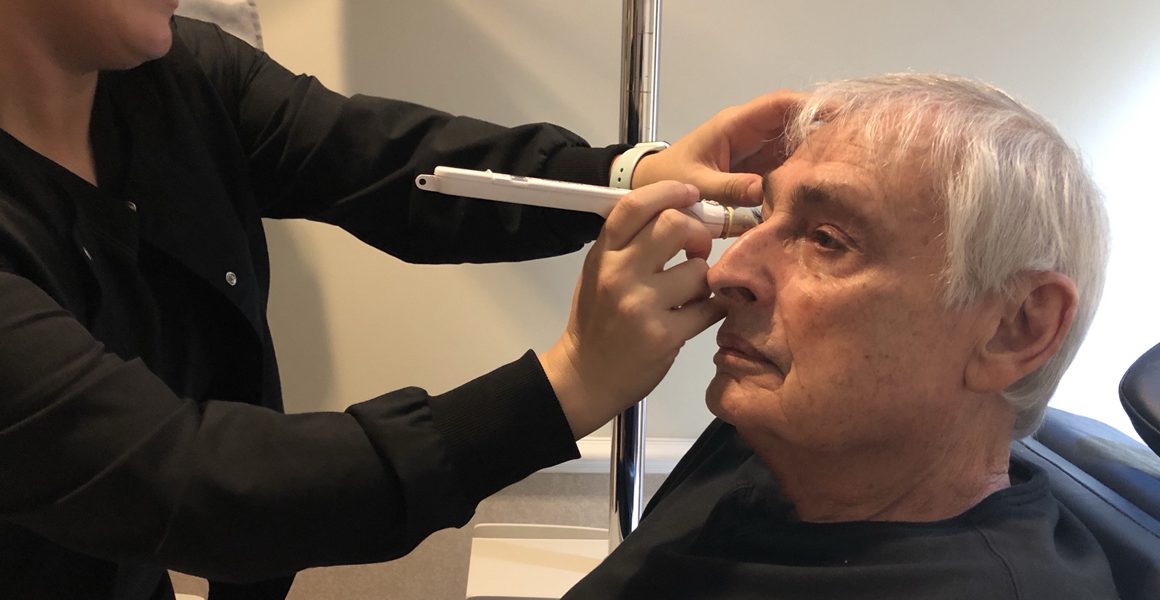Cataract

Cataract
A clouding or loss of transparency of the lens in the eye as a result of tissue breakdown and protein clumping. There are many causes of cataracts, including aging, cortisone medication, trauma, diabetes, and other diseases. Cataracts affect most people who live into old age. Symptoms include double or blurred vision and sensitivity to light and glare. An Ophthalmologist can diagnose cataracts by examining the eyes with Slit Lamp and various other diagnostic equipment and suggest you the best treatment possible-Cataract surgery-MICS/phacoemulsification surgery (PHACO)
A cataract is a clouding of the eye’s naturally clear lens. When the lens becomes cloudy, light rays cannot pass through it easily, and vision is blurred.
Common symptoms of cataract include
- A painless blurring of vision
- Glare or light sensitivity
- Poor night vision
- Double vision in one eye
Make an appointment for an eye exam if you notice any changes in your vision. If you develop sudden vision changes, such as double vision or flashes of light, sudden eye pain, or sudden headache, see your doctor right away.
- Medical problems such as diabetes
- Injury to the eye
- Medications, especially steroids
- Long-term, Unprotected exposure to sunlight.
- Previous eye surgery
- Unknown factors
A thorough eye examination by your ophthalmologist can detect the presence of a cataract.
How quickly the cataract develops varies among individuals and may even be different between the two eyes.
- Surgery should be considered when cataracts cause enough loss of vision to interfere with your daily activities.
- It is not true that cataracts need to be “rips” before they can be removed or that they need to be removed just because they are present.
There are no medications, eye drops, exercises or glasses that will cause cataract to disappear once they have formed, surgery is the only way to remove a cataract.
Phacoemulsification is a non-stich method of cataract removal by ultrasonic fragmentation and aspiration of the cataractous lens through a small wound. It gives greater intraoperative control and faster postoperative recovery. Patients are able to resume normal activity much sooner and with fewer restrictions in a shorter duration of times that the traditional cataract surgery.
Tonc IOL’s, Multifocal IOL’s. Trifocal IOL’s are various premium intraocular lenses which help in elimination need for glasses following Cataract Surgery.
